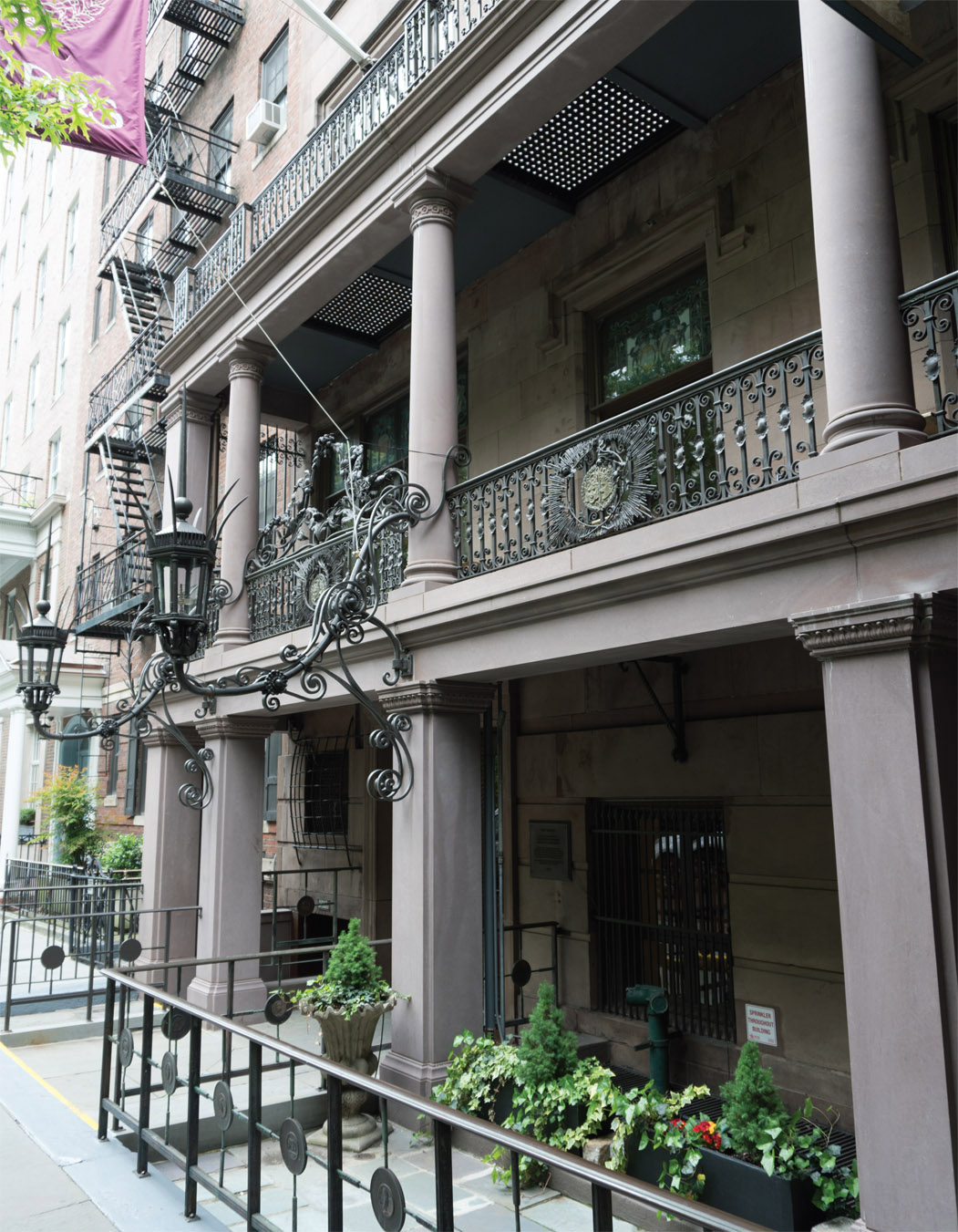

The Players was born partly out of a national tragedy, and after over 125 years the club is still successful at what it was created to do: bring people together. The core purpose of The Players was to be a meeting place for actors and non-actors alike to share their love of the arts, particularly the theatre. As one of the oldest private clubs in New York City, incredibly it is still in its original location layered with artistic treasures.
Founded in 1888, The Players was the inspiration of actor Edwin Booth, perhaps the most prolific and famous actor of his time. Always concerned with the negative stereotypes brought against his profession, Booth tried fervently to get his fellow thespians to interact with non-actors. As The Players curator Raymond Wemmlinger says, “They were more akin to circus folk of the time. Women in the theatre in many circles were one step above prostitutes.”
When Booth’s brother John Wilkes Booth assassinated President Abraham Lincoln in 1865, Edwin was not only determined to salvage his family’s name, but also the world of theatre. (John Wilkes was also an actor.) So he created The Players for actors to interact with the outside world. He wanted to bring lovers of the arts—be it theatre, music, literature, or fine arts—professionals and non, together for kinship and understanding. “We do not mingle enough with minds that influence the world,” Booth said of his fellow actors, “We should measure ourselves through personal contact with outsiders . . . I want my club to be a place where actors are away from the glamour of the theatre.”
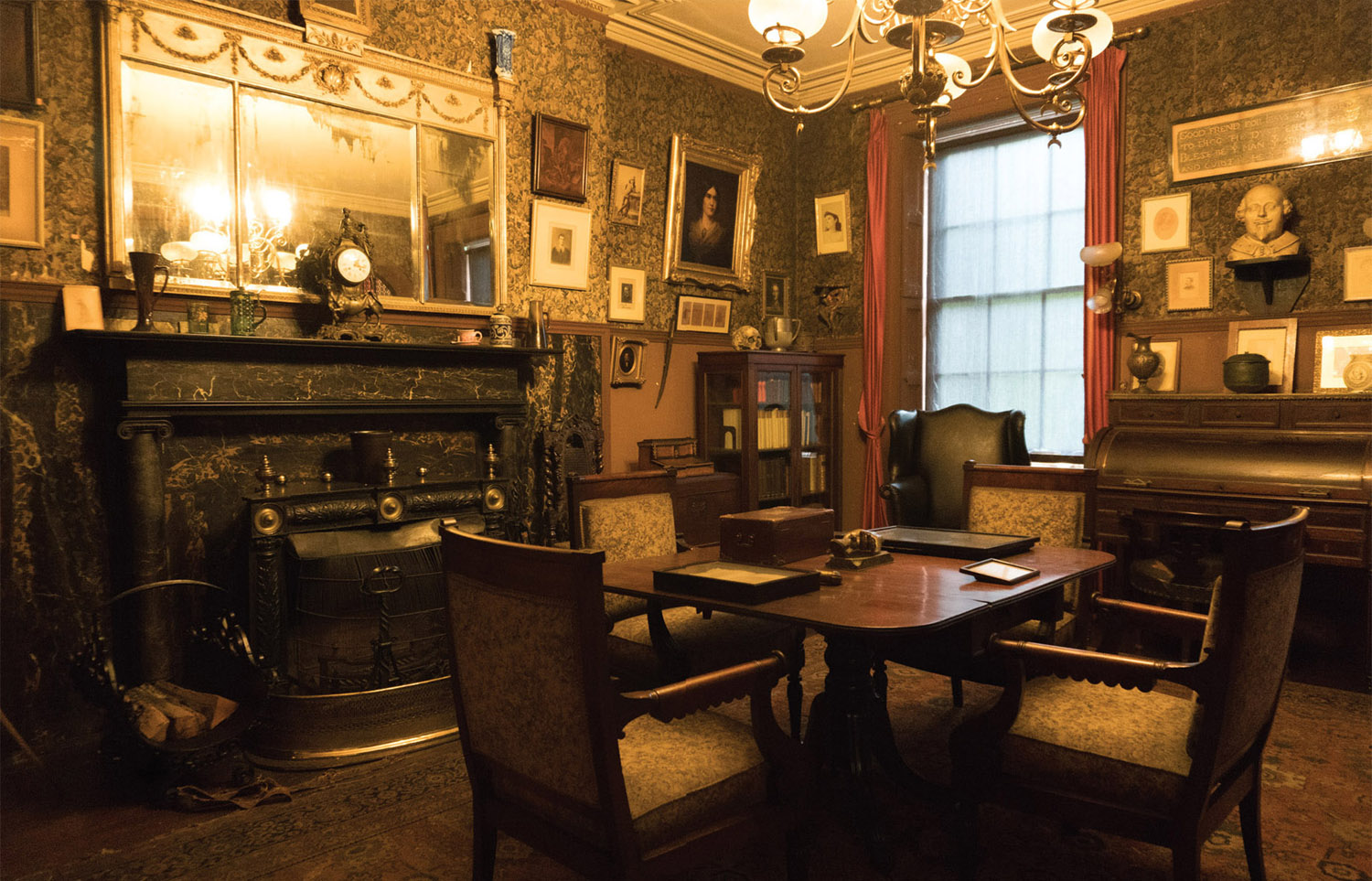
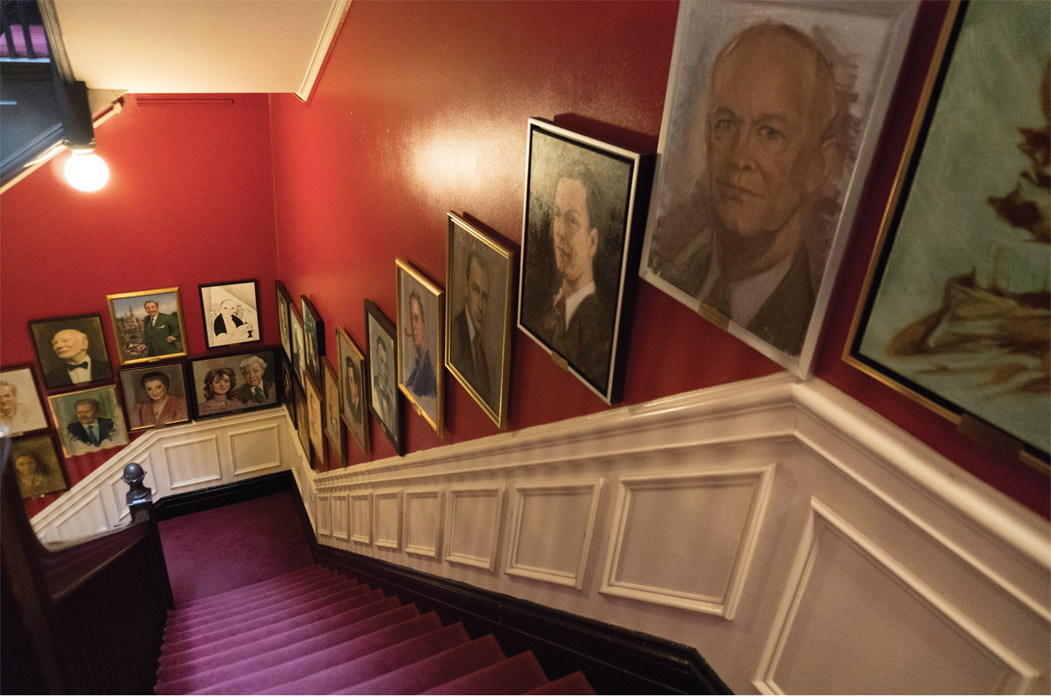
So dedicated to the idea, Booth purchased the townhouse at 16 Gramercy Park South for $75,000 and gifted it to the newly created club. The Greek Revival home had been built in 1845 for banker Elihu Townsend. Booth hired fellow Players member, famed architect Stanford White to renovate the place. Inside his distinctive touches are seen throughout the space with much of the originality of the place today still intact. Even the outside is original, with extra-large gas lanterns—some of the oldest in the city.
Opening on New Year’s Eve in 1888, original Players members included Mark Twain and General William Tecumseh Sherman. Over the years members have included John Barrymore, Dwight Eisenhower, Nikola Tesla, Christopher Plummer, Liza Minnelli, Walter Cronkite, Ethan Hawke, Helen Hayes and the list goes on and on. Member and late-night talk show host Jimmy Fallon has even hosted his annual Christmas parties here.
SARAH BERNHARDT ROOM
The club was men only until 1989, but that did not stop the club from celebrating and hosting woman. In 1911, they honored actress Sarah Bernhardt for her theatrical achievements. During the evening she managed to get stuck in a malfunctioning elevator for an hour. Afterwards she served tea. Her presence is still felt here, the elevator has ever since been playful known now as the “Sarah Bernhardt” room, complete with her likeness adoring the inside.
A walkthrough The Players is akin to strolling through the history of American theatre. Their rooms are full of wonderful portraits of actors, some done by well-known artists like Norman Rockwell and William Glackens. There are also props, costumes and other theatre ephemera on display from of several generations. Everything has a wonderful tale or origin. There are Edwin Booth’s original Shakespearian costumes used during his famous stage tours, death masks of prominent thespians, and even Mark Twain’s pool stick (not to mention the pool table he played on).
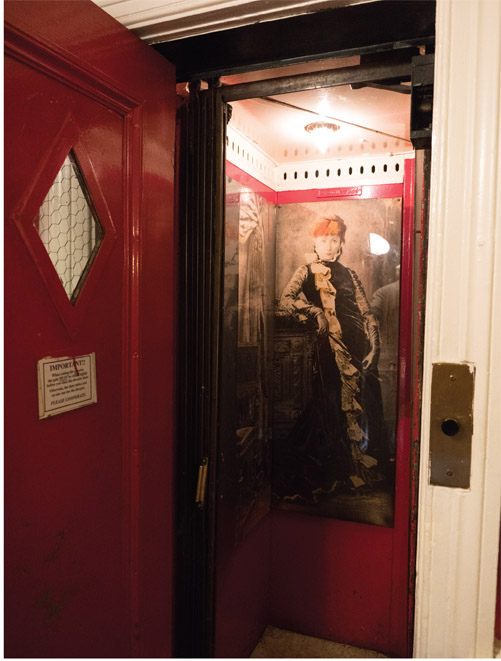
The most fascinating place in The Players is also the most private; Edwin Booth’s personal upstairs apartment which he called his, “Nest among the treetops of Gramercy.” Incredibly the space has been kept exactly the way it was when he died in 1893 at age 59. Proof is the stale hint of tobacco smoke still slightly permeating in the space. There is a patina rarely seen or felt in other period rooms. His personal possessions do not seem neatly arranged for viewing rather they have an authentic lived in look. Perhaps the most intriguing item is a human skull. It was said to be given to Booth’s father Junius Brutus Booth, also an actor, who once shared a jail cell with a horse thief named Fontaine. Before the man was hanged for his crimes he asked for his skull be sent to Junius for used in performances of the play Hamlet. Edwin did actually use it in his performances and the skull is engraved with the inscription, “And the rest is silence.”
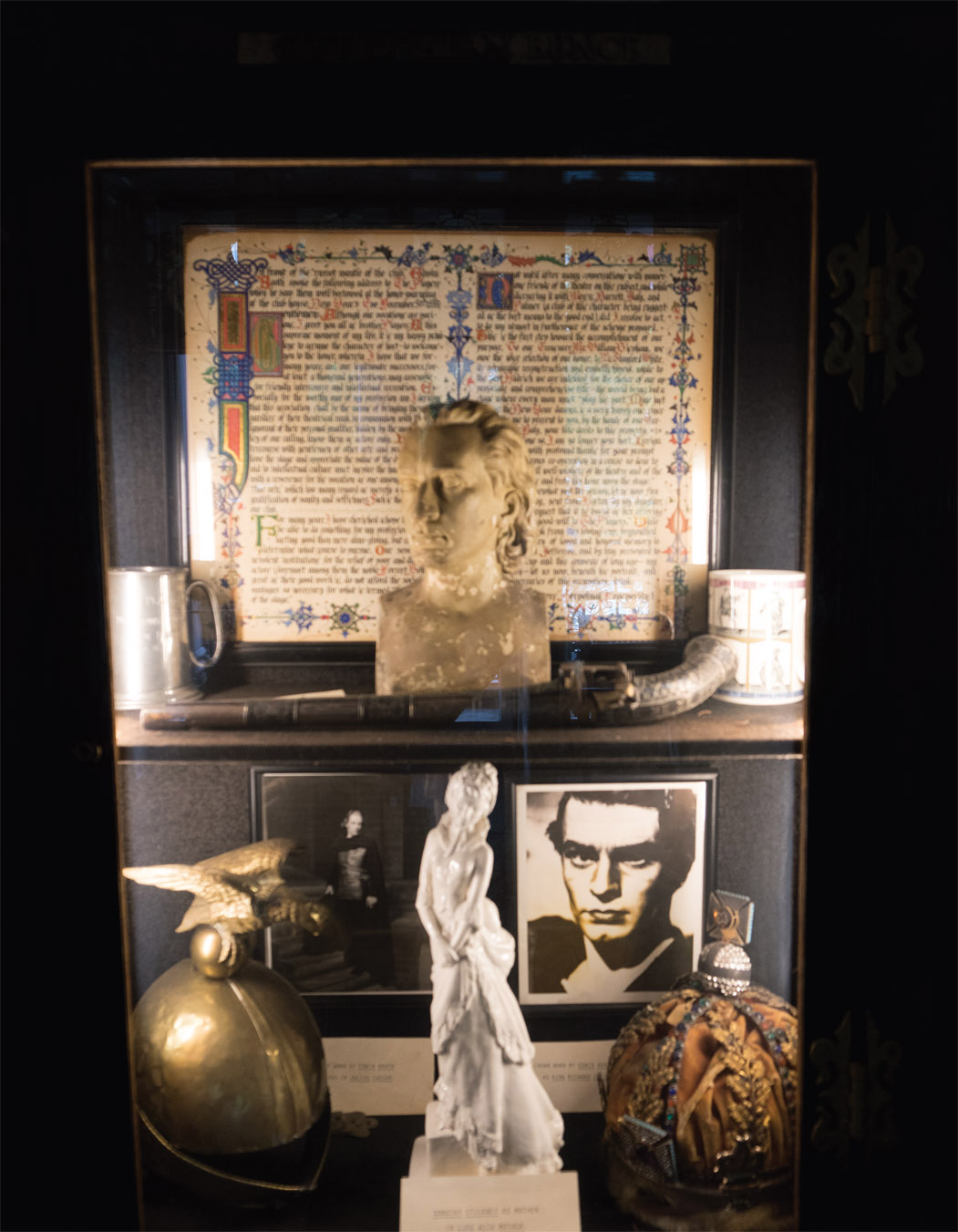
But with all these wonderful artifacts, The Players is hardly a museum, rather a lively social club with regular events and services. The kitchen is open for members and their guests on a daily basis serving lunch and dinner. Though the club is for members and their guests, The Players extensive theatrical library hosts a wealth of archival information including original plays and manuscripts.
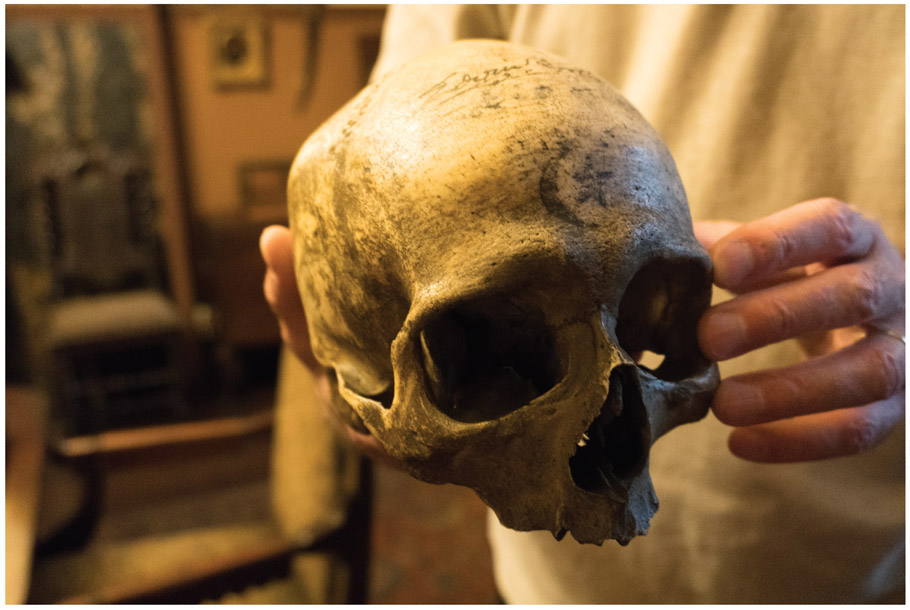
So even today, the club holds a reverent respect to its past, but a robust social calendar mixing fans of the arts and those who create them just like Mister Booth would have liked.